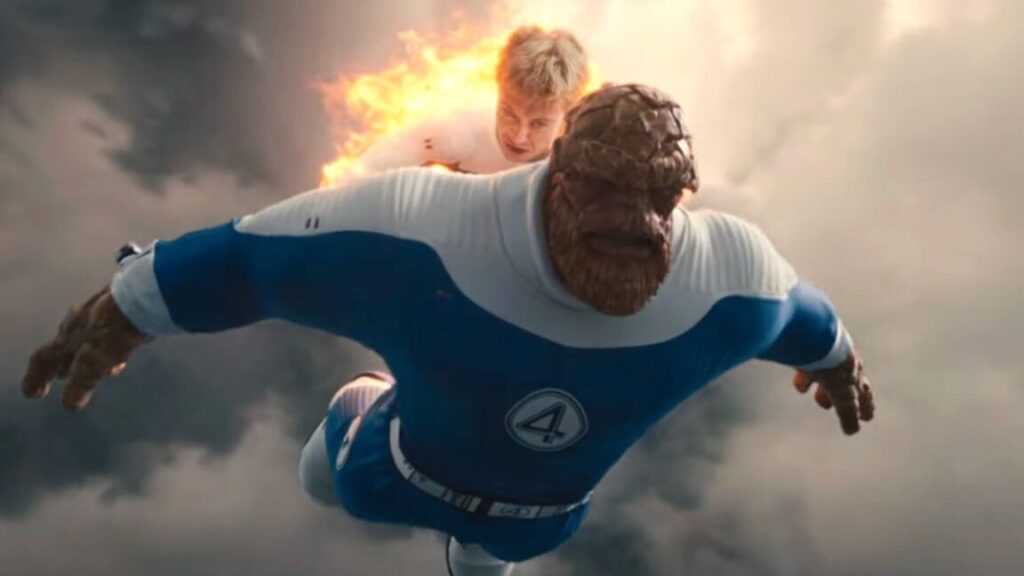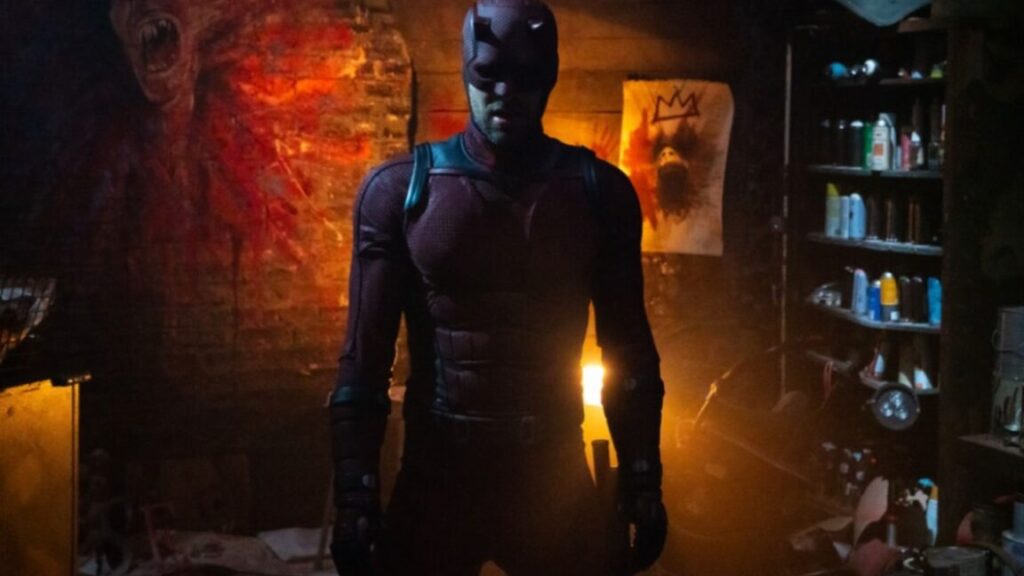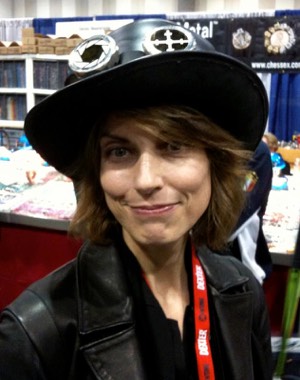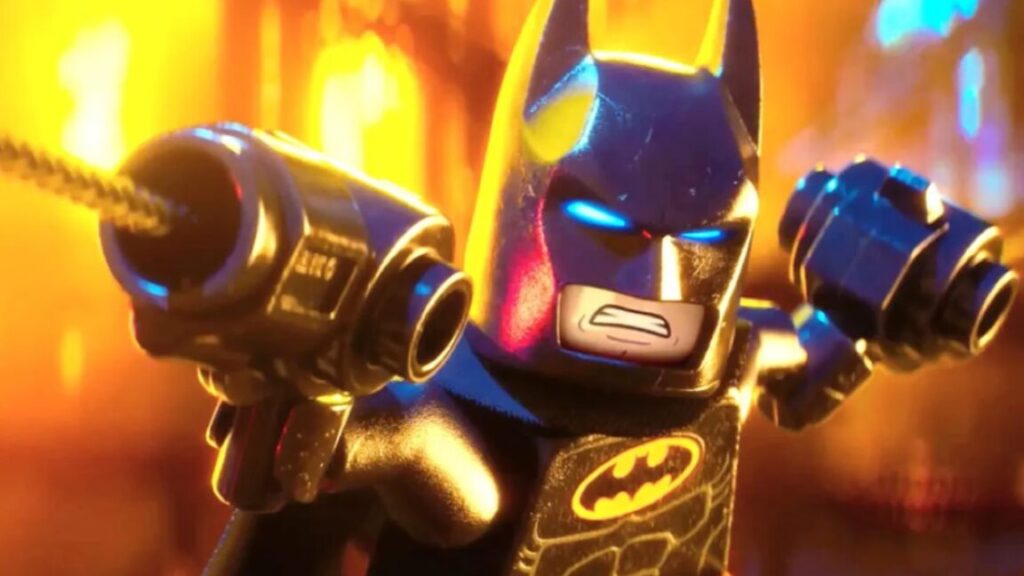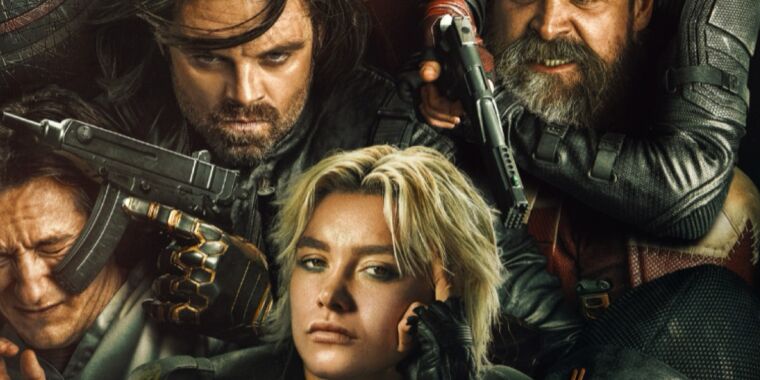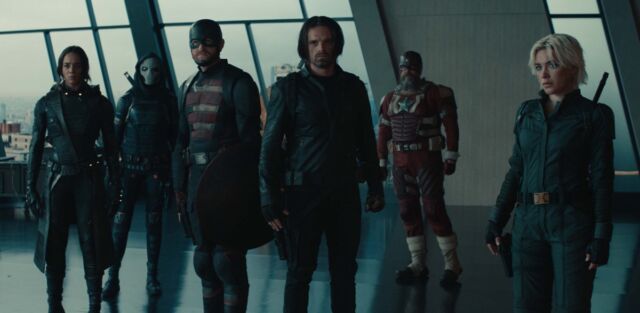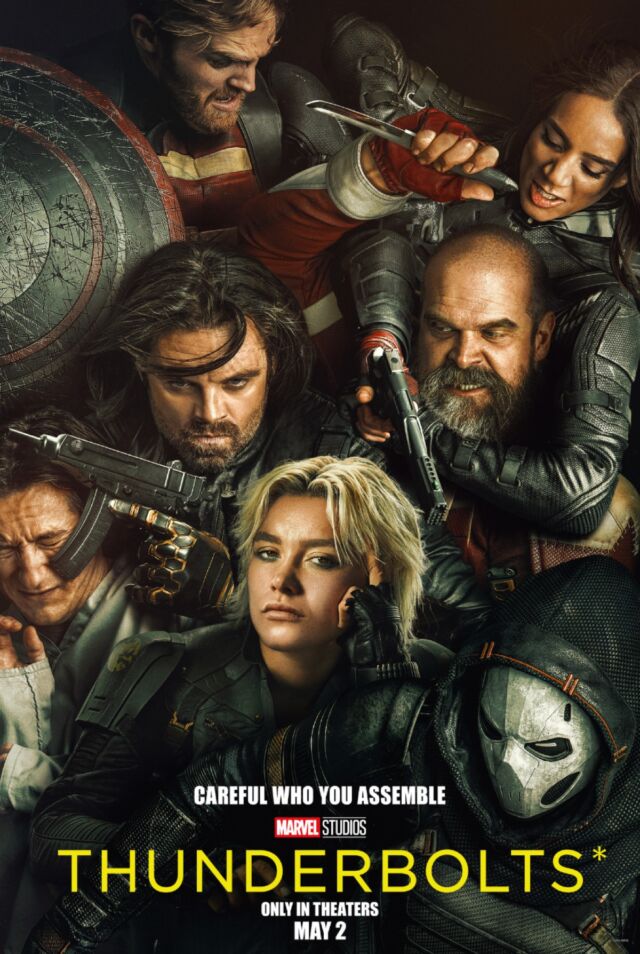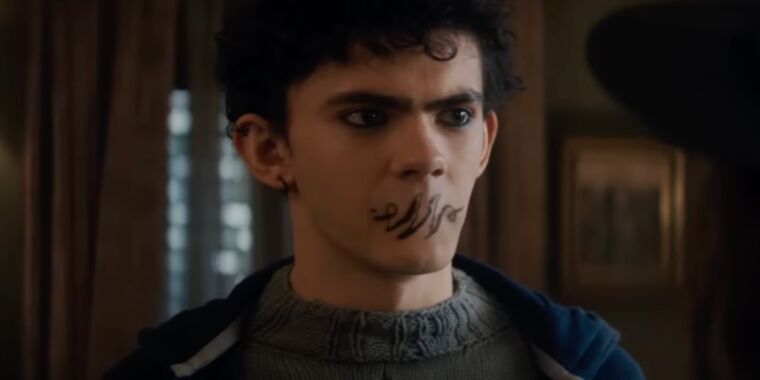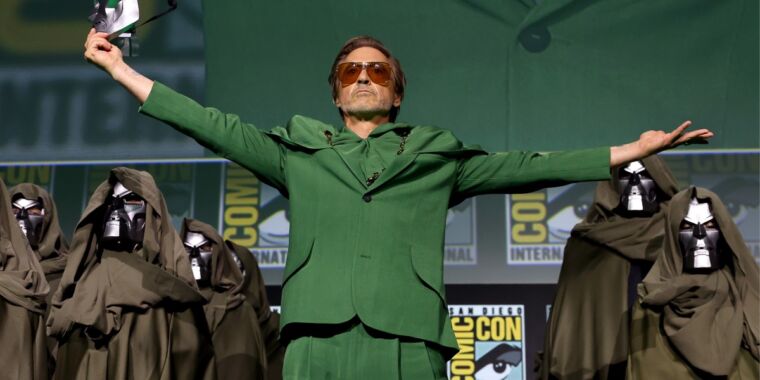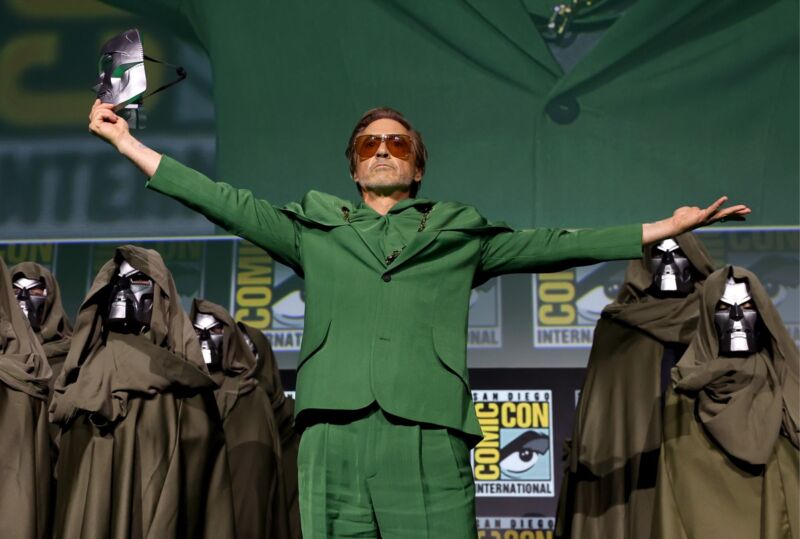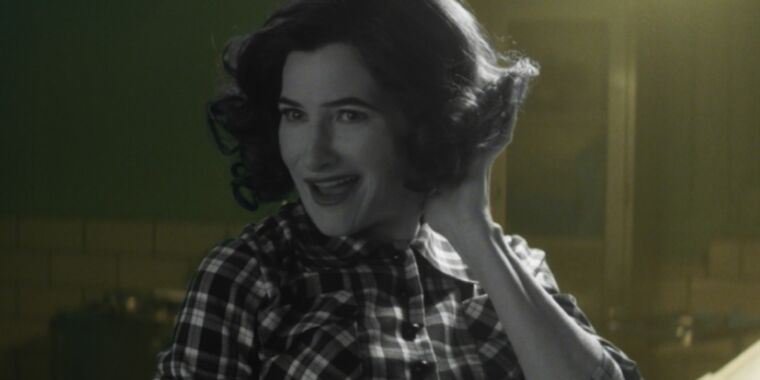Review: Fantastic Four: First Steps is the best film version so far
Shakman wanted a very 1960s aesthetic for his reboot, citing Kubrick films from that era as inspiration, right down to his choice of camera lenses. And the film definitely delivers on that score. The Four’s penthouse headquarters is pure midcentury modern, with Reed’s lab divided into three rooms differentiated by bright primary colors. Then there’s all that retrofuture technology: Johnny Storm records mysterious signals from space onto golden record platters and plays them on an old-school turntable, for example, and the team’s Fantasticar is straight out of sci-fi’s Golden Age.
And you couldn’t ask for a better main cast: Pascal, Kirby, Moss-Bachrach, and Quinn all have great chemistry and effectively convey the affectionate family dynamic that comprises the central theme of the film. That’s essential, particularly since we’ve mostly skipped the origin story; the characters are familiar, but this incarnation is not. They banter, they bicker, they have heart-to-hearts, and the inevitable tensions in Reed and Sue’s marriage that a new baby brings—occurring just as the Earth faces annihilation—feel entirely believable.
And then there are the cons, which boil down to a weak, predictable plot that jerks from one scene to the next with tenuous coherence and, shall we say, less than stellar dialogue. The actors deserved better, particularly Kirby, whose Sue Storm gives an inane rallying “speech” to the people of New York as Galactus approaches that makes no sense whatsoever. (The St. Crispin’s Day speech it is not.)
Kirby also has the unenviable task of portraying Sue giving birth in space, a scene that is just plain laughable. One doesn’t expect strict verisimilitude concerning the messier parts of birth, although Reed does briefly mention the challenges posed by zero gravity/warp speed. But it’s far too sanitized here. And spare a thought for poor Sue having to kick off the lower part of her space suit to deliver Franklin in front of her brother and her husband’s best friend.
In the end, though, the film’s shortcomings don’t matter because it’s still a fun, entertaining superhero saga. I give it a solid B—a decent start to the MCU’s Phase Six. Just try not to think too hard about the plot, sit back, and enjoy the ride.
Fantastic Four: First Steps is now playing in theaters.
Review: Fantastic Four: First Steps is the best film version so far Read More »
